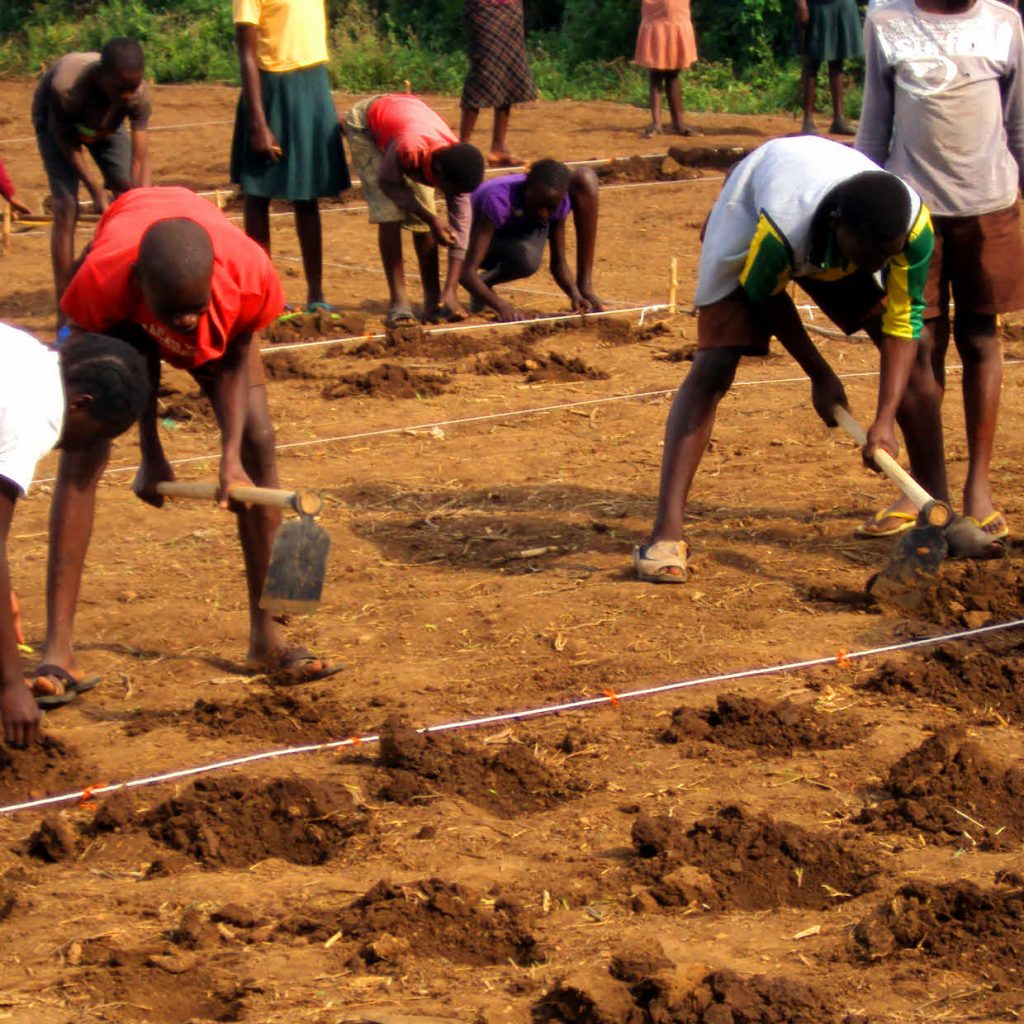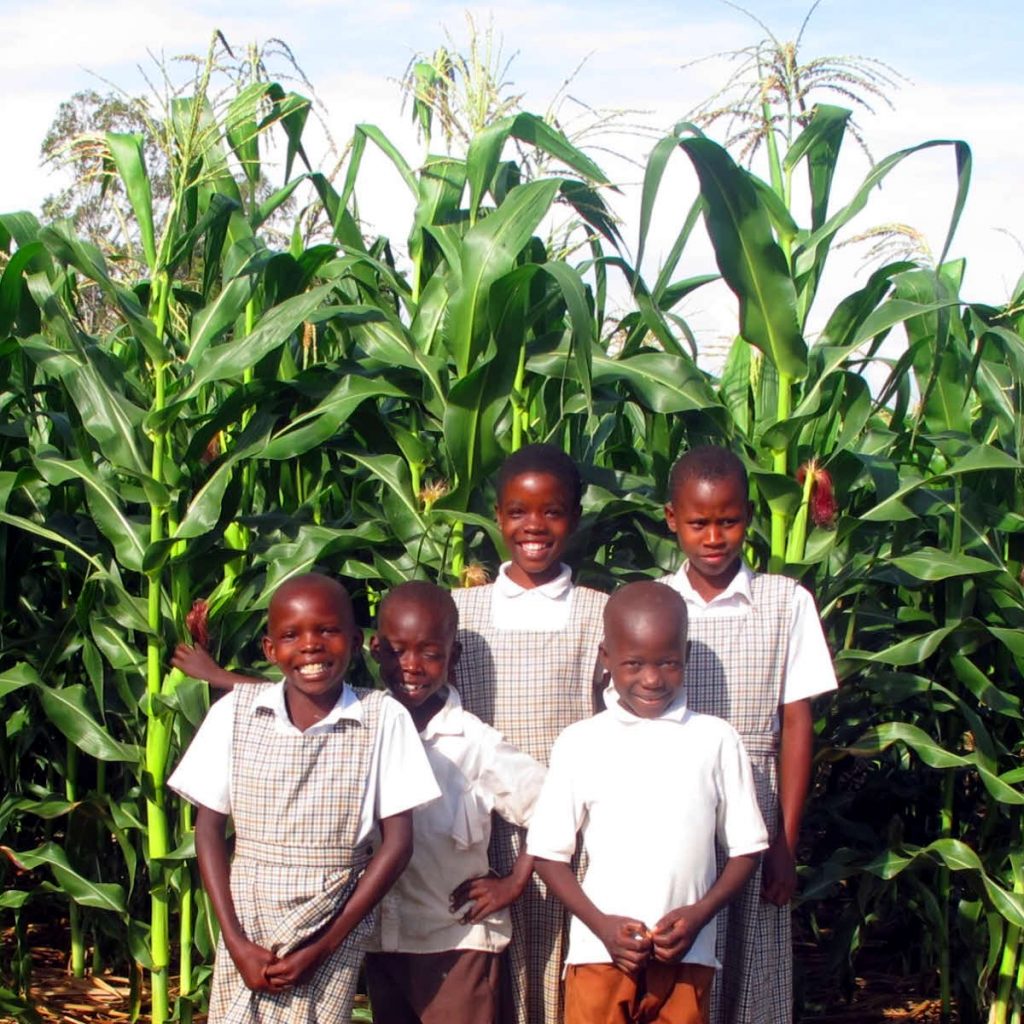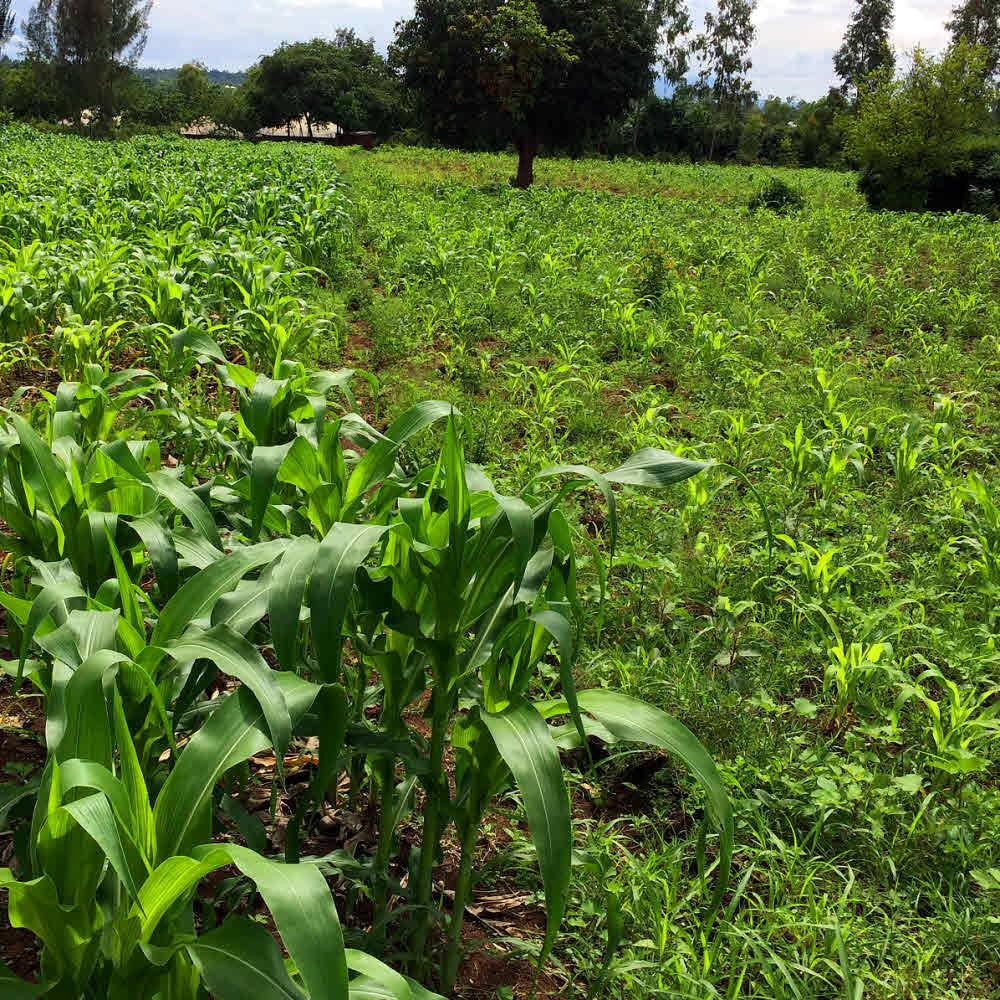Our Farm
hope and kindness is located in a poor, rural community, not far from lake victoria in the west of kenya
food security is a major issue which we have been working hard to address for nearly twenty years!
We all need to be part of a Green Revolution
On our farm we are working hard to develop sustainable green technologies. Our main project at the moment is a solar powered fish farm!
We are also working hard to develop a commercially viable cricket farm. This will help us to reduce costs for fish feeds and improve food security for the vulnerable families in our community.

Our Aquaponic Fish Rearing System
We have been working on our fish rearing system for some time. Mindful of the need to leave a small carbon footprint whilst developing a viable agricultural business we have adapted the aquaponic method of farming to produce Tilapia fingerlings which we sell to local fish farmers. Our farm is very close to Lake Victoria – a very important fishery for East Africa. Unfortunately a combination of overfishing, pollution, the introduction of highly predatory Nile Perch and infestations of water hyacinth have reduced fishermen’s catches to a fraction of what they caught twenty years ago. In recent years much of the Tilapia that is eaten in Kenya has been imported from China. To address this problem, cage farming has been introduced to the Lake. This has created a good market for Tilapia fingerlings.
Our Fish Farm
Tim, our friend and co-conspirator in the fish farm project, compiled this video for us following a visit to Kosele in 2022. It provides a very clear insight into how our fish farm works.
We are very grateful to Tim for the support that he has given us – financial, practical and cheer leading the whole project!
Our aquaponic fish farm was inspired by … a YouTube video! What started life as a very small experiment has now turned in a major obsession and has scaled up considerably.
We see our fish farm as an important way of generating income for our work in Kenya. Given the current fragility of fish stocks in Lake Victoria we hope to help local fish farmers maintain the local fish market.
entomophagy (the consumption of edible insects!)
The multiple, existential challenges facing everybody on the planet right now demand fresh thinking about how we produce food. Thank goodness innovative ideas about what we eat and how we produce it are flourishing. Entomophagy has the potential to make a very significant contribution to food security and sustainable food production.
Eating insects is not a new idea! “The eggs, larvae, pupae, and adults of certain insects have been eaten by humans from prehistoric times to the present day.” (Wikipedia). Eating insects is not common in Western Europe and America. However, according to the FAO (Food and Agriculture Organisation of the United Nations) eighty percent of the world’s nations eat insects of 1,000 to 2,000 species. The FAO has registered some 1,900 edible insect species and estimates that there were, in 2005, some two billion insect consumers worldwide. FAO suggests eating insects as a possible solution to environmental degradation caused by livestock production.
Hope and Kindness is very keen to be part of this solution to a massive worldwide problem. Our current cricket farming project is in its infancy – but we are learning rapidly (just like we did with the aquaponics system producing tilapia fingerlings.) Cricket farming is potentially a game changing proposition because crickets are much more efficient than chickens or cattle at turning their own feed into protein that humans can eat.
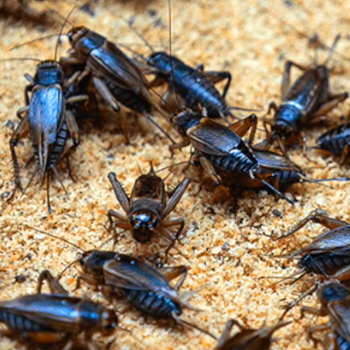
We are confident that we can produce crickets that are suitable for use as a fish feed – Our fish like them! We believe that we will be able to produce cricket flour to use in cooking for human consumption. We have eaten cookies and cakes made using cricket flour and they are delicious – as well as highly nutritious.
Once we have mastered cricket production at scale we plan to develop a co-operative approach to cricket production in our community. This will improve food security as well as providing opportunities for local families to diversify their farming activities and generate extra income.
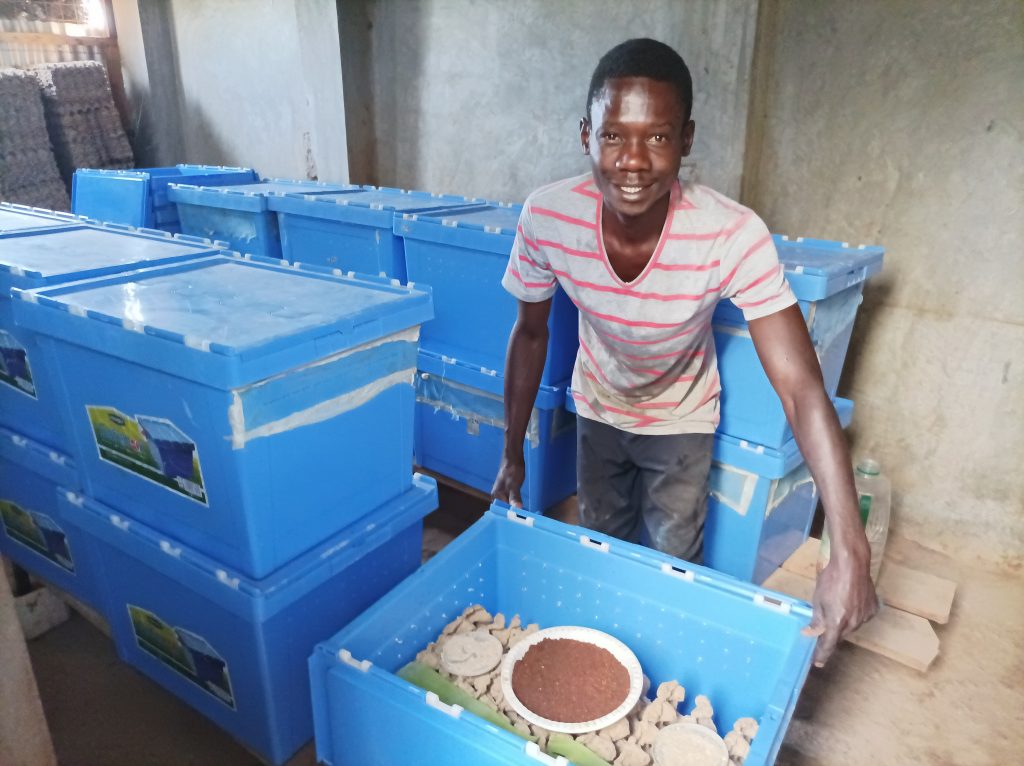
Once hatched the ‘pinheads’ (newly hatched cricket babies) are left to grow before being transferred to concrete finishing pens (picture on right).
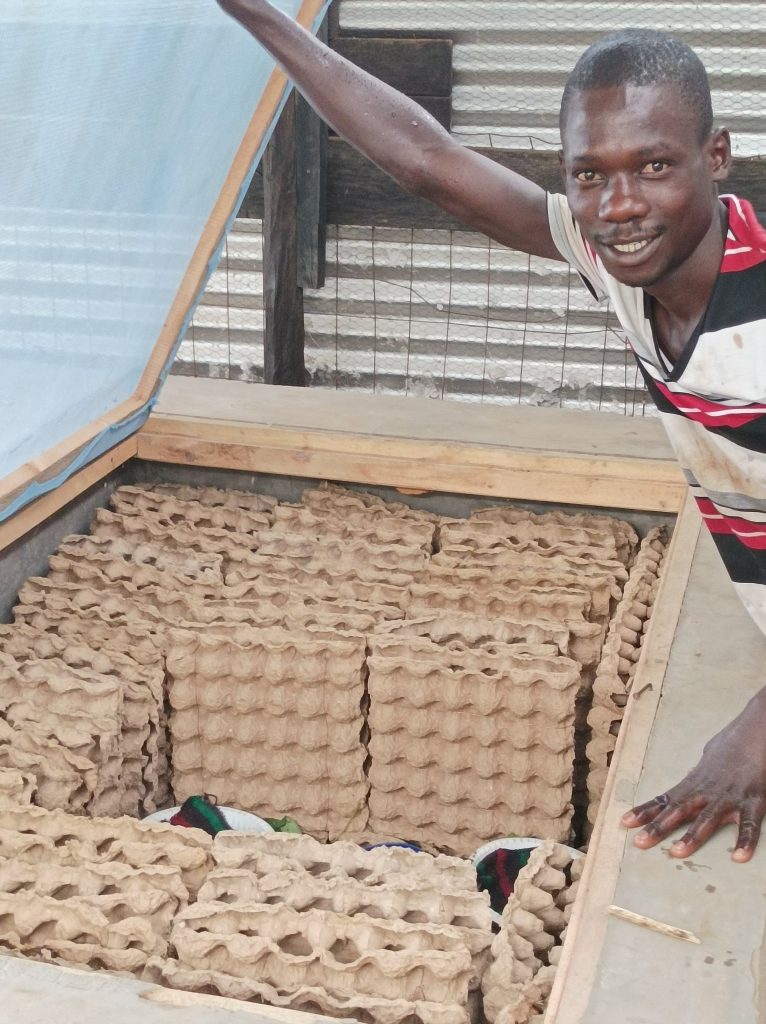
farming god’s way
Farming God’s Way is an inspired approach to solving the biggest problems facing people living in Africa today, especially poor, rural communities, like the one that we work in. The following words, taken from the Farming God’s Way Trainers Reference Guide gives a clear explanation of the principles and practice of Farming God’s Way. Grant Dryden (https://www.farming-gods-way.org/) writes in his introduction to the Training Manual:
“The African continent has the most natural resources of all the world’s continents. It has vast mineral, precious metal and oil reserves, excellent agricultural potential, wonderful people, plenty of water and riverine systems and a wildlife biodiversity which has the potential to become a booming tourist industry.”
“In contrast to her potential, Africa is also the most poverty stricken, with extremely low standards of living, famines, high levels of undernourishment, shocking infant mortality rates, disease, wars, dependency, poor education, deforestation, corruption and high inflation as hallmarks of what the continent represents.”
“Farming God’s Way is a model of agriculture unlike I have ever seen even through my BSc (Hons) Agriculture and extensive travels, as it meets small scale farmers where they are at, whilst dealing astoundingly well with the negative parameters facing African farmers.”
“Farming God’s Way consists of a suite of Biblical, Management and Technology keys and is a resource or tool of equipping, implemented primarily through churches, missional and non-governmental organisation networks worldwide. We firmly believe that God’s people are both accountable and faithful to roll out this hope restoring model. Many success stories abound where farmers have implemented Farming God’s Way wholeheartedly, where lives and livelihoods around the world have been drastically improved, evidenced by food security, radically increased yields, profitability and the restoration of farmers’ self-worth.”
